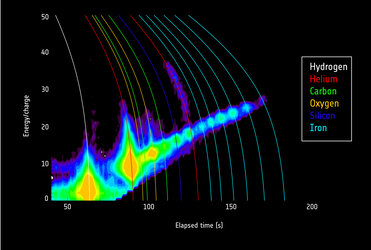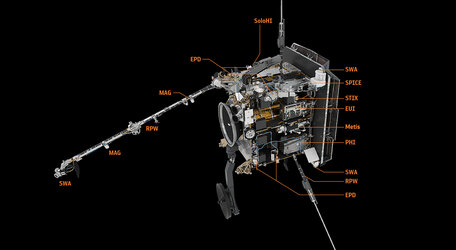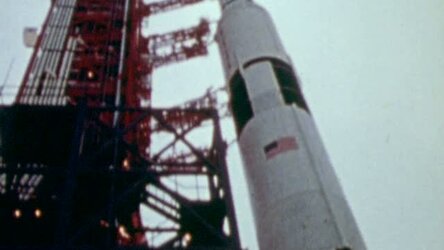Accept all cookies Accept only essential cookies See our Cookie Notice

About ESA
The European Space Agency (ESA) is Europe’s gateway to space. Its mission is to shape the development of Europe’s space capability and ensure that investment in space continues to deliver benefits to the citizens of Europe and the world.
Highlights
ESA - United space in Europe
This is ESA ESA facts Member States & Cooperating States Funding Director General Top management For Member State Delegations European vision European Space Policy ESA & EU Space Councils Responsibility & Sustainability Annual Report Calendar of meetings Corporate newsEstablishments & sites
ESA Headquarters ESA ESTEC ESA ESOC ESA ESRIN ESA EAC ESA ESAC Europe's Spaceport ESA ESEC ESA ECSAT Brussels Office Washington OfficeWorking with ESA
Business with ESA ESA Commercialisation Gateway Law at ESA Careers Cyber resilience at ESA IT at ESA Newsroom Partnerships Merchandising Licence Education Open Space Innovation Platform Integrity and Reporting Administrative Tribunal Health and SafetyMore about ESA
History ESA Historical Archives Exhibitions Publications Art & Culture ESA Merchandise Kids Diversity ESA Brand CentreLatest
Space in Member States
Find out more about space activities in our 23 Member States, and understand how ESA works together with their national agencies, institutions and organisations.
Science & Exploration
Exploring our Solar System and unlocking the secrets of the Universe
Go to topicAstronauts
Missions
Juice Euclid Webb Solar Orbiter BepiColombo Gaia ExoMars Cheops Exoplanet missions More missionsActivities
International Space Station Orion service module Gateway Concordia Caves & Pangaea BenefitsLatest
Space Safety
Protecting life and infrastructure on Earth and in orbit
Go to topicAsteroids
Asteroids and Planetary Defence Asteroid danger explained Flyeye telescope: asteroid detection Hera mission: asteroid deflection Near-Earth Object Coordination CentreSpace junk
About space debris Space debris by the numbers Space Environment Report In space refuelling, refurbishing and removingSafety from space
Clean Space ecodesign Zero Debris Technologies Space for Earth Supporting Sustainable DevelopmentLatest
Applications
Using space to benefit citizens and meet future challenges on Earth
Go to topicObserving the Earth
Observing the Earth Future EO Copernicus Meteorology Space for our climate Satellite missionsCommercialisation
ESA Commercialisation Gateway Open Space Innovation Platform Business Incubation ESA Space SolutionsLatest
Enabling & Support
Making space accessible and developing the technologies for the future
Go to topicBuilding missions
Space Engineering and Technology Test centre Laboratories Concurrent Design Facility Preparing for the future Shaping the Future Discovery and Preparation Advanced Concepts TeamSpace transportation
Space Transportation Ariane Vega Space Rider Future space transportation Boost! Europe's Spaceport Launches from Europe's Spaceport from 2012Latest

Commissioning Solar Orbiter instruments from home amid COVID-19 lockdown
Christopher Owen, of the University College London's Mullard Space Science Laboratory (UCL/MSSL), the principal investigator of the Solar Wind Plasma Analyser (SWA), led the commissioning of the instrument from his two-year-old son’s playroom.
The SWA’s three sensors for measuring properties of the solar wind couldn’t be activated in the first weeks following Solar Orbiter’s launch in February 2020. Their deployment requires high voltages of up to 30kV, which would be unsafe in the early days of the spacecraft’s orbital life.
“We got started just as the COVID-19 virus started to bite,” says Chris. “We managed a few sessions of our commissioning of low voltage subsystems before we were 'evicted' from ESA’s operations centre (ESOC) because of the anti-pandemic measures and then from our labs in the UK.”
Security concerns required ingenious solutions such as viewing the ESOC control screens, which showed the data from the spacecraft, via a webcam. The main drawback of the ‘home-office’ set-up was the added delay between the action being performed by the spacecraft and the data about the status of the operation reaching the team.
“The time delays from sending a command to seeing the results on these screens often approached five minutes, which is a good mechanism for keeping adrenaline levels uncomfortably high,” says Chris. “We would have wanted to put the brakes on if there had been any sign of an anomaly that might have led to an electrical discharge since that would have been a threat to the instruments and in worst case possibly the spacecraft. I felt quite queasy at the end of more than one day when we were turning on high-voltages for the first time.”
The laptop on the right in this image shows the webcam footage from ESOC with live data from SWA. The centre laptop hosts a meeting between the UK, US, French, Italian and Czech teams behind the SWA instrument.
“The two stand-alone screens show plots of ‘as-close-as-one-can-get-to-real-time’ data downloaded from ESOC to MSSL, plotted on the fly and updated every minute, so we can view the response of the sensor to commands before moving to the next step of the high-voltage ramp up,” says Chris. “The only person who could issue the actual commands to the spacecraft was our colleague at ESOC, Daniel Lakey, with whom we communicated via Webex.”
-
CREDIT
Christopher Owen -
LICENCE
ESA Standard Licence

First measurements from the Solar Wind Analyser

Solar Orbiter instruments

Skylab Space Station 1

Solar Orbiter's instruments















 Germany
Germany
 Austria
Austria
 Belgium
Belgium
 Denmark
Denmark
 Spain
Spain
 Estonia
Estonia
 Finland
Finland
 France
France
 Greece
Greece
 Hungary
Hungary
 Ireland
Ireland
 Italy
Italy
 Luxembourg
Luxembourg
 Norway
Norway
 The Netherlands
The Netherlands
 Poland
Poland
 Portugal
Portugal
 Czechia
Czechia
 Romania
Romania
 United Kingdom
United Kingdom
 Slovenia
Slovenia
 Sweden
Sweden
 Switzerland
Switzerland























